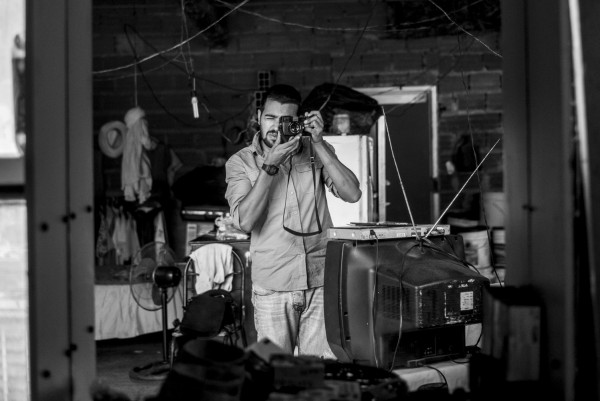Magic Mountain
Magic Mountain
Alejandro Cegarra
May 24, 2016
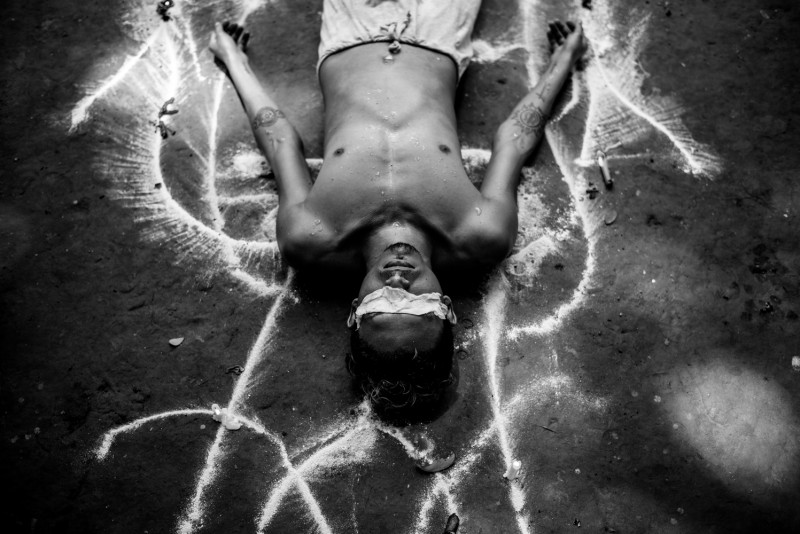
From the $italic:“Magic Mountain”$ series
From your perspective, what does the María Lionza cult mean within the context of religious-spiritual life in your country?
Considering the economical crisis in Venezuela, I believe people look for answers in religion, for spiritual direction and also for peace in a society that knows no peace. Religion offers them a way out. However, to be a santero or santera is not well looked upon.
How come? The cult is one of the strongest growing spiritual movements in Latin America.
Yes, that’s true, but Venezuela is a Catholic country and the Catholic church rejects Santería, considering it a sin. For people, however, the most important thing is the healer role of the santeros, and that is connected in turn to economic misery – public health institutions are badly equipped, but, on the other hand, virtually no one can afford a private clinic.
What impressed you most there at the mountain?
I observed people giving themselves considerable wounds while in a trance state – but without leaving a single trace the next day. And at one point someone that I had never seen before spoke to me with the words, “Alejandro, long time without speak”. In English what’s more. It was, how can I say, alarming.
What did you do then?
Well, I just went on taking photographs, and I was very quiet as I did it, trying somehow to understand what had just happened.
On your website you call The Magic Mountain an ongoing project. Do you want to return there?
I must go back there to see more, and to try and understand more. The mountain left me with more questions than answers. Apart from that, last time I really only had one battery, so I had to limit the extent of my photography.
Your Torre de David reportage about an empty high-rise building in Caracas, that became home to thousands of illegal squatters, brought you the 2014 Oskar Barnack Newcomer Award. In that same year, the government began relocating the tower dwellers. You also did a reportage dedicated to that action.
In both series, I particularly wanted to show that these people are not criminals or other dubious characters, and that life can be beautiful in the most unlikely places. It seemed to me that what the government did with the relocation was not very well thought out.
You grew up in the Hugo Chávez era, one of Latin America’s most dazzling political leaders who, on the one hand, used Venezuela’s oil revenues for extensive welfare programmes and, on the other, created a paternalistic, personality cult that, above all, served to secure an autocratic rule. One of your on-going projects is called Chávez’s Legacy, and with many of the pictures one has the impression that you are circling around the issue of violence. Is that how you see Chavez’s legacy?
Violence is very deeply ingrained in the pores of Venezuelan society. Financial violence, police violence, street battles, criminality and so on. Sometimes it feels like we’re living in the middle of an undeclared war. Chávez’s death left a vacuum in so many areas, but the rules to fill this vacuum don’t exist.
Your work has earned you a lot of recognition thanks to more that just the Oskar Barnack Newcomer Award. For example, you were also among the selection of 30 under 30 Magnum Photos 2014. Today you are a featured photographer at Getty Reportage. That is quite a degree of success for someone who only decided to make a career out of photography in 2012. What happens next?
I don’t have any concrete plans. I had set myself some goals when I began, but I never could have imagined getting to where I am today. Maybe you could say: I simply want to remain curious, not lose the capacity to be amazed, continue looking for stories that are just below the threshold of general awareness, waiting to be discovered. To be an eye witness that shows the world what is going on around me.
How do you manage to set up the close relationship with your protagonists, that is evident in your pictures?
I basically make the effort to start by gaining people’s trust, before I even consider taking any pictures. Even when circumstances demand quick action, I at least try to establish eye contact, to somehow achieve a sort of agreement that I can be and remain there with my camera. That has certainly opened up more doors for me than one might imagine.
On the whole your pictures are in black and white. Why?
The question could be, why do you speak Spanish? Black and white is my photographic mother tongue. It's hard to explain – sometimes I joke around saying I'm simply colour blind.
Which photographers do you appreciate in particular?
Javier Arcenillas, Tomas Munitá, Mauricio Lima, Paolo Marchetti, Matt Black, just to mention a few. And, of course, James Nachtwey and Sebastião Salgado. And the person I truly admire is Nancy Borowick.
In general, how do you choose your themes? Do they also contain a biographical reference now and then?
What makes me angry? What moves me? These are the main criteria. I want to disclose grievances, but I also want to learn to understand the things I don't understand. It is a process aimed at insight and I see photography as an obligation within that process. The way my parents brought me up was very important in this context, my mother and father were committed leftists with a strong sense for social injustice. That left its mark on me, and I take this opportunity to thank them.
Alejandro Cegarra+-
Alejandro Cegarra was born in Caracas, Venezuela, in 1989, and still considers the city his home. He studied photography at the Roberto Mata Photography and Journalism Workshop at the University of Alejandro de Humboldt and works for the Associated Press, the Washington Post and Stern. His pictures have been published in the New York Times and Time magazine, among others. In 2014 he was the recipient of the Leica Oskar Barnack Newcomer Award, in 2024 he received the World Press Photo Long-Term Project Award for his project The two Walls. More

From the $italic:“Magic Mountain”$ series
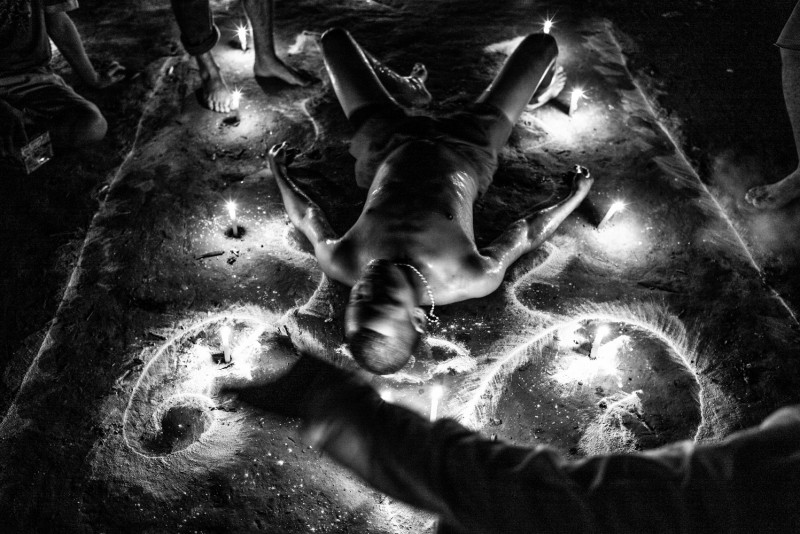
From the $italic:“Magic Mountain”$ series
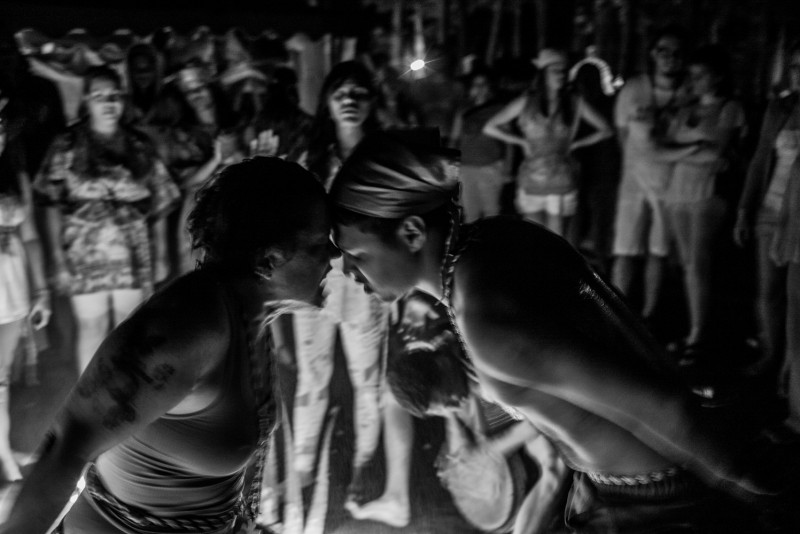
From the $italic:“Magic Mountain”$ series
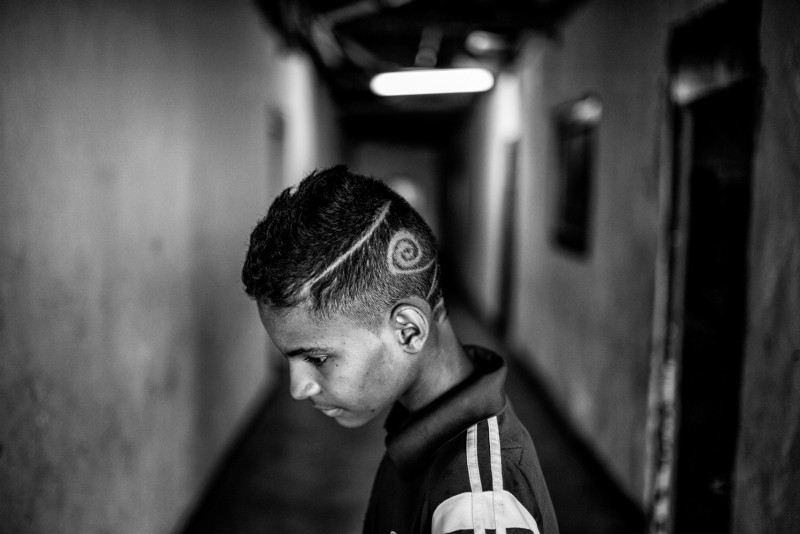
From the $italic:“Moving the Tower of David”$ series
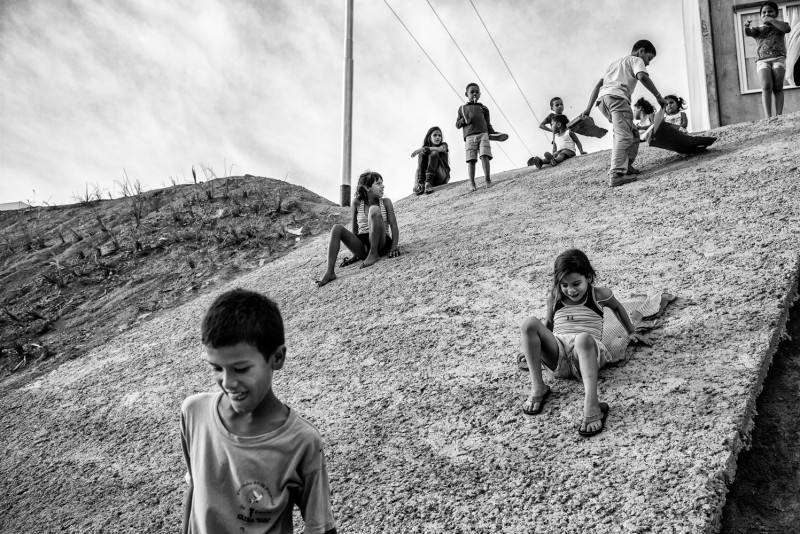
From the $italic:“Moving the Tower of David”$ series

From the $italic:“Living with Hugo Chávez’s legacy”$ series
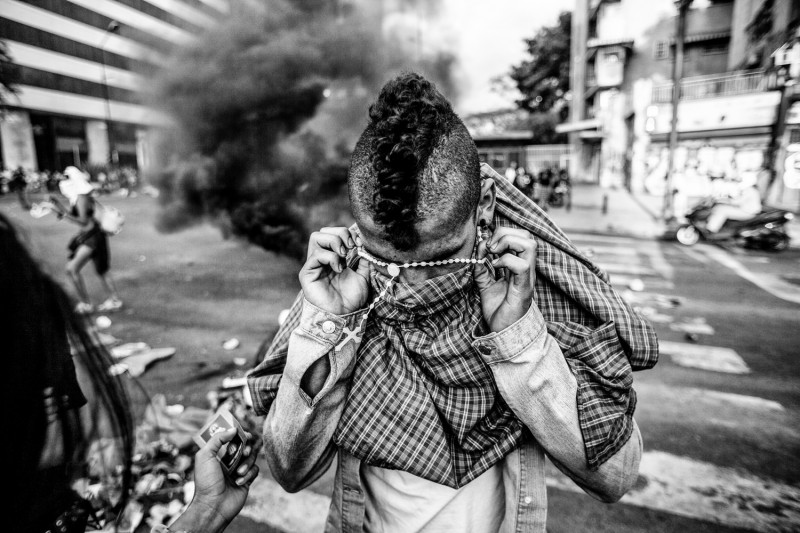
From the $italic:“Living with Hugo Chávez’s legacy”$ series
